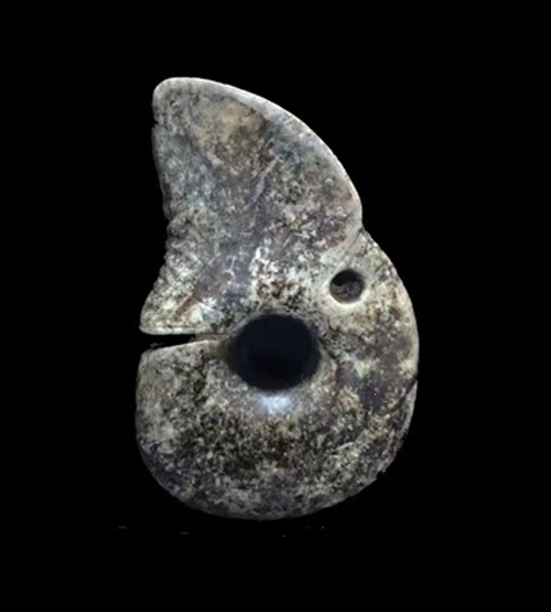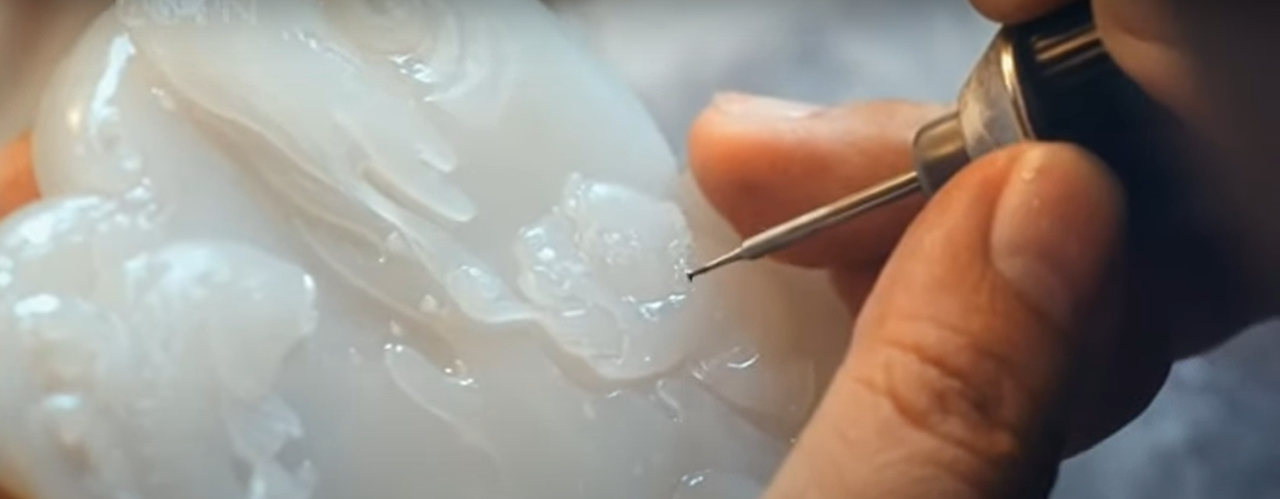Exploring the Significance of Artifacts.
A Journey Through Symbolic Meanings from Different Cultures
Throughout history, jade and stone items have been highly valued in many civilizations due to their symbolic, ceremonial, and practical use. These materials are strong and have been carefully carved into a variety of products, such as religious objects, tools, and decorations.
Jade is a ubiquitous emblem for purity, beauty, and immortality. Because people thought jade could protect the deceased and guide them in the afterlife, it was frequently employed in burial customs.
Stone is regarded as strong and timeless; it was utilized to construct monuments and make items that would last for ages, frequently connected to governmental or religious power.
Stone and jade artifacts are still highly prized in collections and museums around the world, offering us a glimpse into the everyday routines, religious beliefs, and cultural practices of the prehistoric peoples. Because of their resilience, they will always be important sources of information about the artistic and scientific achievements as well as the beliefs of the communities who produced them.

Artifacts made of jade
The word "jade" describes two different minerals: jadeite and nephrite. The cultures of Mesoamerica, the Pacific Islands, and East Asia have placed a special emphasis on it.
Jade was regarded as the "imperial gem" and represented longevity, moral rectitude, and purity in ancient China. Confucius connected the attributes of jade with bravery, modesty, and knowledge.
Used to make ceremonial knives, pendants, elaborate sculptures, burial artifacts, and bi discs—circular discs with a hole in the middle that symbolize heaven.

Artifacts made of stone
Stone has been used for practical, artistic, and spiritual purposes all throughout the world since it was one of the first materials that people worked with. Stone artifacts come in a variety of forms and styles, from symbolic sculptures to practical implements.
Stone tools made of quartzite, obsidian, and flint were employed by early human societies. Examples of these tools include hand axes, scrapers, and spearheads. For hunting, gathering, and later agricultural pursuits, these instruments were indispensable. Stone tools were shaped by early people using knapping and flaking procedures to accomplish particular tasks.

Methods and tools
Carving & Sculpting: Specialized tools are needed to carve both stone and jade. Because jade is tougher than steel, shaping it frequently required abrasives and bow drills.
Polishing: To produce a smooth, glossy surface, objects were polished using finer stone or sand grains after they had been carved.
Symbolism and Style: Deeply symbolic implications pertaining to mythology, cosmology, and political authority were frequently incorporated into the design of items.
Cultural Importance
Generally speaking, jade represents purity, beauty, and immortality. Because people thought jade could protect the deceased and guide them in the afterlife, it was frequently employed in burial customs. Stone, which was regarded as strong and eternal, was used to construct monuments and make items that would last for eons and were frequently connected to political or religious power.
Stone and jade artifacts are still highly prized in collections and museums around the world, offering us a glimpse into the everyday routines, religious beliefs, and cultural practices of the prehistoric peoples. Because of their resilience, they will always be important sources of information about the artistic and scientific achievements as well as the beliefs of the communities who produced them.
